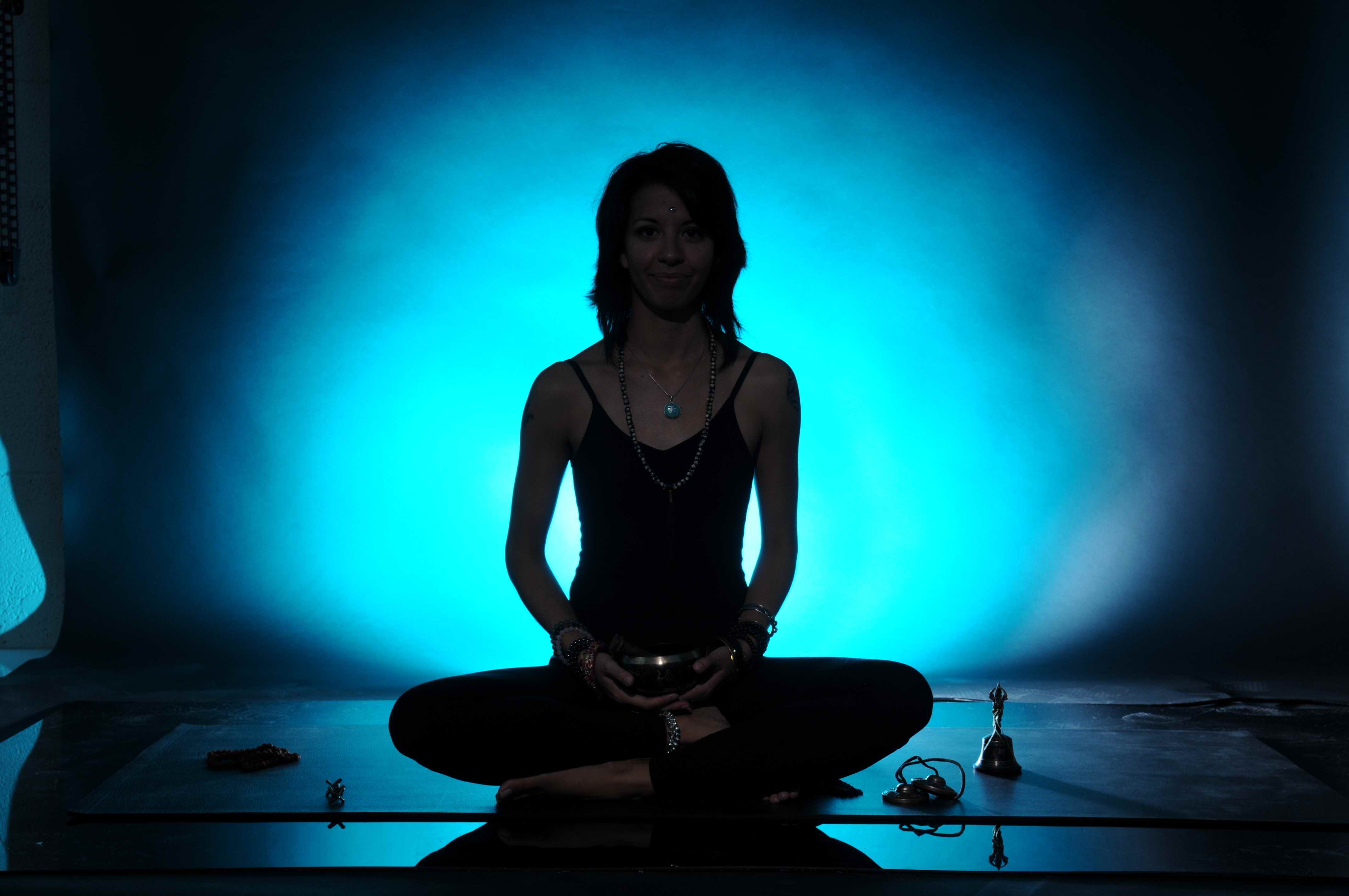
Ready to get started with meditation and don’t know where to begin? There are several techniques a beginning meditator can use to get a good feel for what meditation is all about. From focusing on your breath and awareness, to chanting mantras or practicing visualization, meditation is as diverse as the people who practice it.
You might enjoy this Yoga Journal post from Frank Jude Boccio. In it, Boccio gives direction on seven different types of meditation practices:
Sample the following basic practices and you’ll no doubt find that the possibilities are limitless. Pick a method and give it a trial run for a week or two before trying another. Suspend for the time being any judgment or doubt, and treat whatever negative reactions arise as mere thought patterns to let go. Then, if you like, try another method. Eventually, you will most likely want to commit to one and go into it wholeheartedly.
Conscious Breathing is a basic yet profound concentration practice. Simply bring your attention to the sensation of the breath as it enters and leaves your nostrils. Keep your awareness on the duration of each breath, and when the mind wanders from the breath, just notice that and bring your attention back to the sensations of the breath. If the mind seems very distracted, you may find it helpful to label each breath “in” or “out” and each thought “thinking.” Try not to control your breath or visualize it; simply note the sensation just as you feel it.
Mantra Recitation, another effective way to cultivate concentration, has been used by many spiritual traditions. Mantras can be one word or syllable or a phrase. Christians often use the mantra “Christ have mercy,” while the Hebrew Shma (hear) is used by many meditating Jews. Other common mantras include Om, Amen, and Om mani padme hum (meaning “The jewel is in the lotus”). If these feel too “spiritual” for you, choose a simple word like peace and see how that works. With mantra practice, you can just keep repeating the mantra silently, or you can synchronize it with your breath.
Moving Meditation, of which there are many forms (such as hatha yoga, tai chi, qi gong, and walking meditation), can be an appealing way to engage in meditation practice if you’re not eager to sit still for a long period. In walking meditation, you walk slowly back and forth along a path or in a circle, matching your breath with your steps. As the inbreath enters the body, you raise the heel, then the sole, and finally the ball of the foot. Step the foot forward as the breath continues. Then, with the exhalation, place the foot on the ground, shifting your weight onto it, and prepare to lift the other foot with the next inhalation. Remember, this is not an exercise in movement; it’s a practice of mindfulness that uses movement to develop greater awareness.
Read the rest of Frank Jude Boccio’s meditation techniques here. Have you tried any of the techniques in this article? What is your favorite meditation technique?


